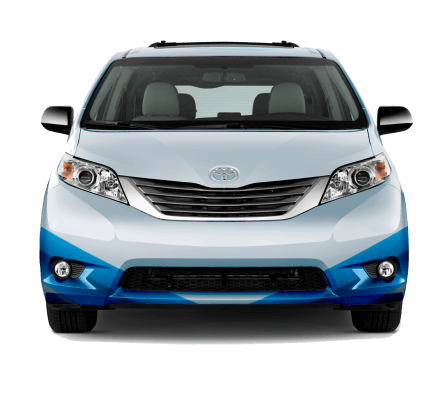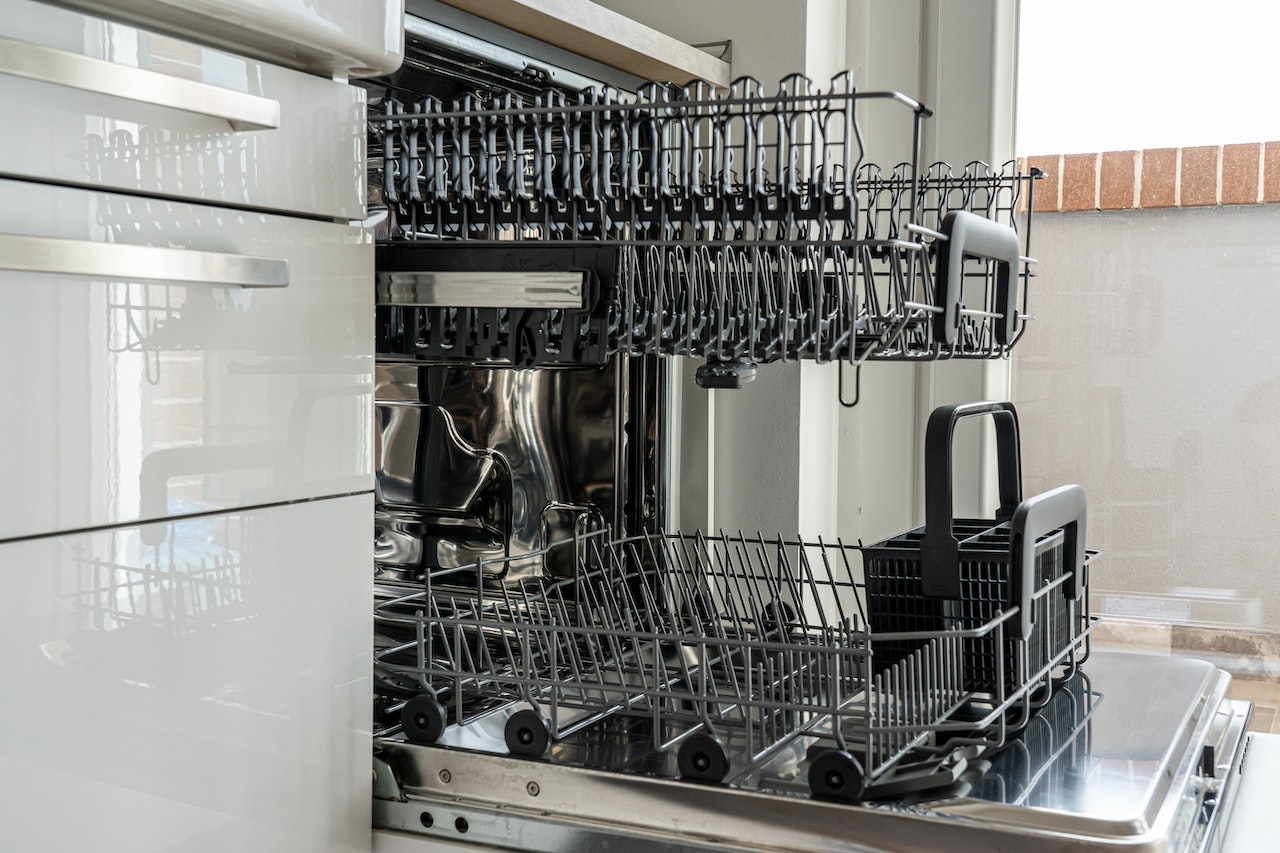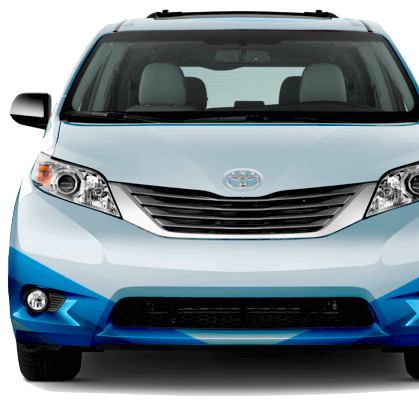Dishwashers are one of the most beloved appliances in any home, saving us valuable time and effort in our daily lives. However, like any machine, there are common problems that affect its functioning. Instead of panicking you can often troubleshoot and fix these common dishwasher issues on your own. Maydone will explore three of the most common dishwasher problems and give you step-by-step solutions to help you get back to enjoying the best this appliance has to offer.
Not cleaning properly
One of the most frustrating problems you can encounter with your dishwasher is not actually ending up with clean dishes after a cycle.
When your dishes come out covered in food residue, smell bad, or having water spots, it’s time to roll up your sleeves and fix the issue.
How to fix it?
a. Check the sprayer arms: Clogged or malfunctioning sprayer arms can prevent water distribution, leading to inefficient cleaning.
Look at your manual to locate your water arms, start by removing the lower and upper sprayer arms.
Clean them thoroughly with warm, soapy water and remove any debris or food particles that may be clogging the spray holes.
Reassemble and ensure they spin freely.
b. Clean your dishwasher machine filters: Dishwashers have filters that trap food particles to prevent them from recirculating onto your dishes.
Over time, these filters can become clogged. Remove and clean both the mesh filter at the bottom of the dishwasher and the cylindrical fine filter located under the spray arm.
Rinse them under running water and scrub away any residue.
c. Check the detergent dispenser: Make sure you are using the right detergent and that the dispenser isn’t clogged, these two issues can prevent a full clean cycle.
If the detergent isn’t dispensed properly or you’re not using the right type, your appliance won’t clean effectively.
A leaking dishwasher
A leaking dishwasher can be a cause to call for a dishwasher repair service. It’s so messy and potentially costly due to water damage, but sometimes you can fix it on your own.
Water on your kitchen floor is not only inconvenient but can also lead to actual issues for your home, so let’s tackle this one quickly.
How to fix it?
a. Check your door gasket: The door gasket creates a watertight seal when the dishwasher is running. Inspect it for any visible damage, cracks, or signs of wear.
If you find any issues, replace the gasket following your dishwasher’s user manual.
b. Tighten the hose connections: Leaks can occur at hose connections or fittings. Carefully inspect the inlet and outlet hoses and ensure they are securely connected.
If you notice any loose connections, tighten them using adjustable pliers.
c. Inspect the float switch: The float switch, located in the bottom of the dishwasher, prevents overfilling.
Ensure it moves freely and isn’t stuck in the “up” position, which could cause the dishwasher to overfill and leak.
d. Check the drain hose: Make sure the drain hose is properly connected and not kinked or damaged.
A damaged or incorrectly positioned drain hose can lead to water leaking onto your kitchen floor.
The dishwasher won’t start
You load your dishwasher, press the start button, and wait…..but nothing happens. One of the most frustrating but common issues.
Don’t worry we’ll get you to switch back on in a few steps.
How to fix it?
a. Check the power supply: First, check that your dishwasher is receiving power. Ensure it’s plugged in securely, and if it’s a hardwired appliance, check the circuit breaker to see if it’s tripped. Reset it if necessary.
b. Door latch and switch: Most dishwashers have a safety mechanism that prevents them from starting unless the door is securely latched.
Inspect the door latch and the door switch to ensure they are functioning properly. If they are damaged or worn out, they may need replacement.
c. Control panel and buttons: If the control panel isn’t responding or the buttons are unresponsive, it could be an issue with the control board or a malfunctioning keypad.
Consult your dishwasher’s user manual for troubleshooting steps related to the control panel.
d. Timer or delay start: Sometimes, the dishwasher might not start immediately due to a timer or delay start setting.
Make sure you haven’t accidentally set a delay timer and that the cycle you’ve selected is ready to begin.
Dishwashers are such great appliances, simplifying our daily routines, but when they don’t work it can be frustrating or even damaging to our home.
By following Maydone’s troubleshooting steps for common dishwasher problems with the help of appliance experts. Remember, always consult your dishwasher’s user manual for specific guidance and precautions.



